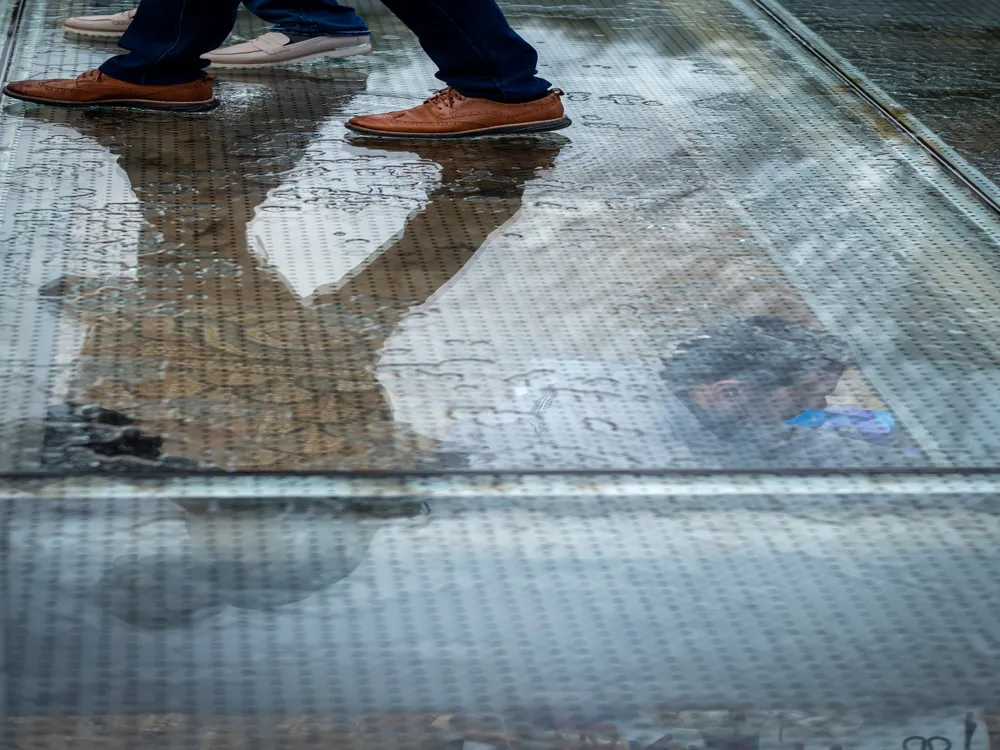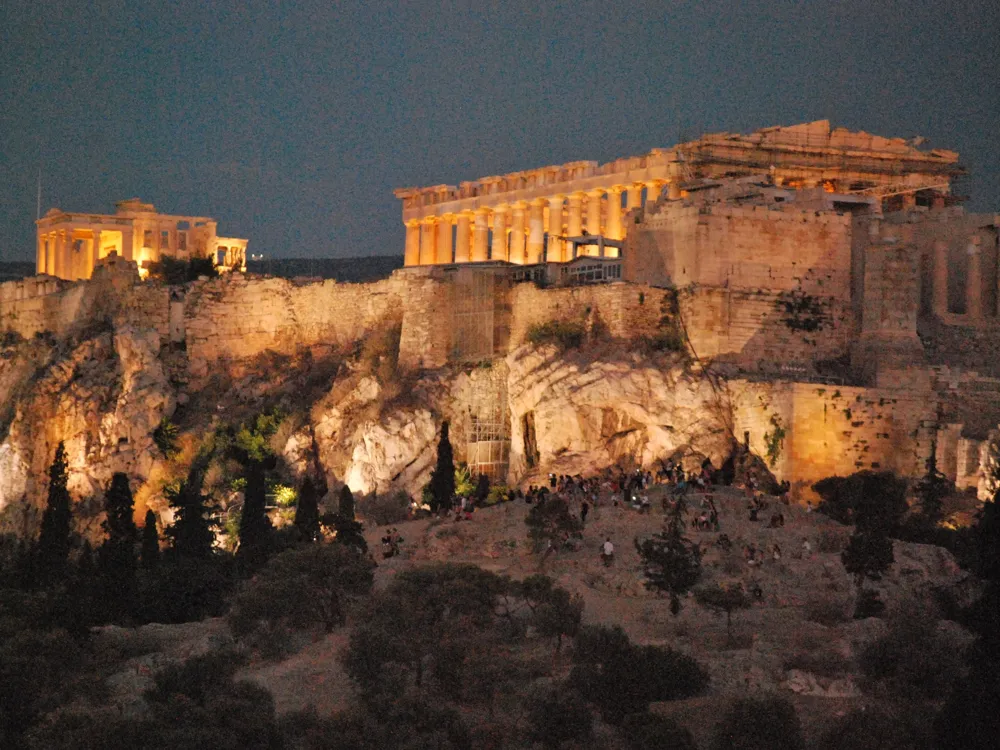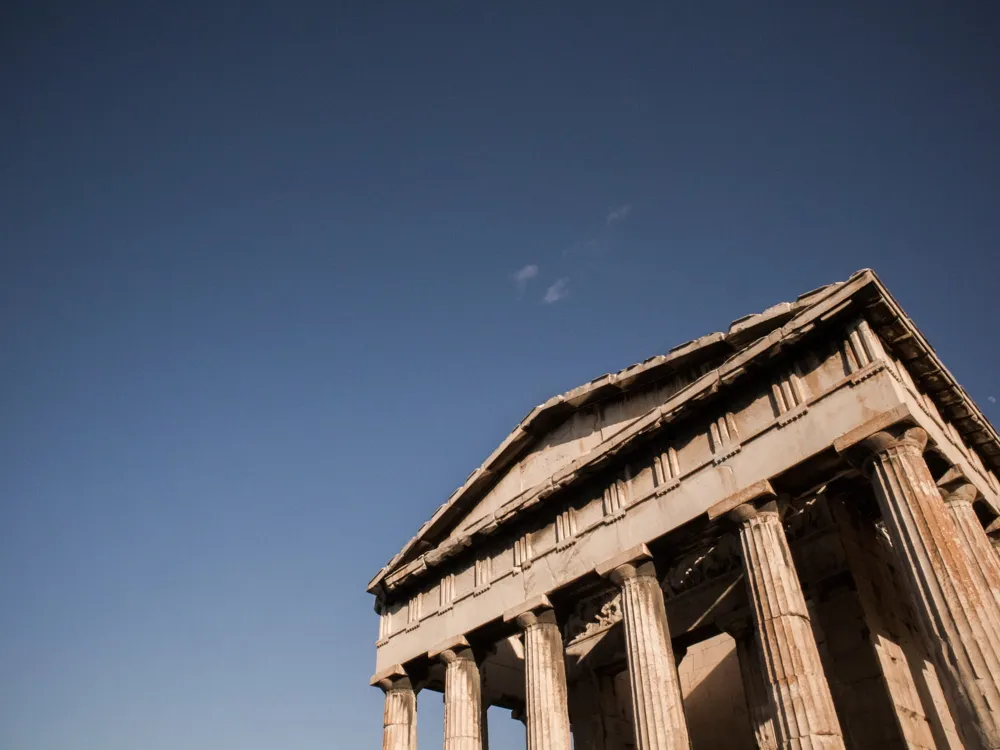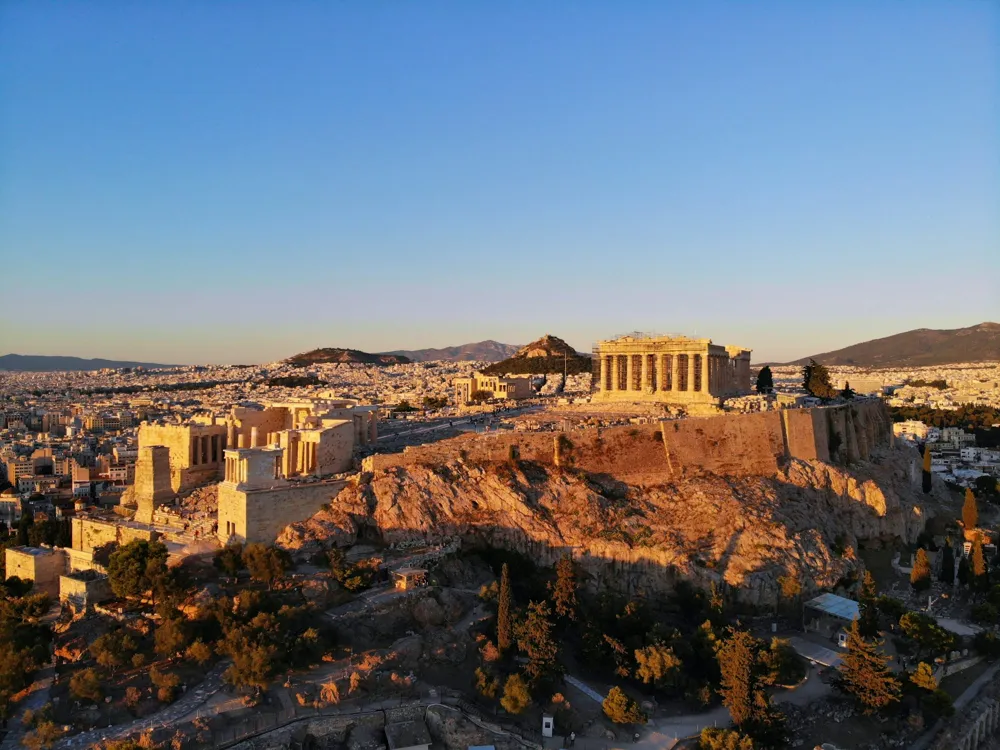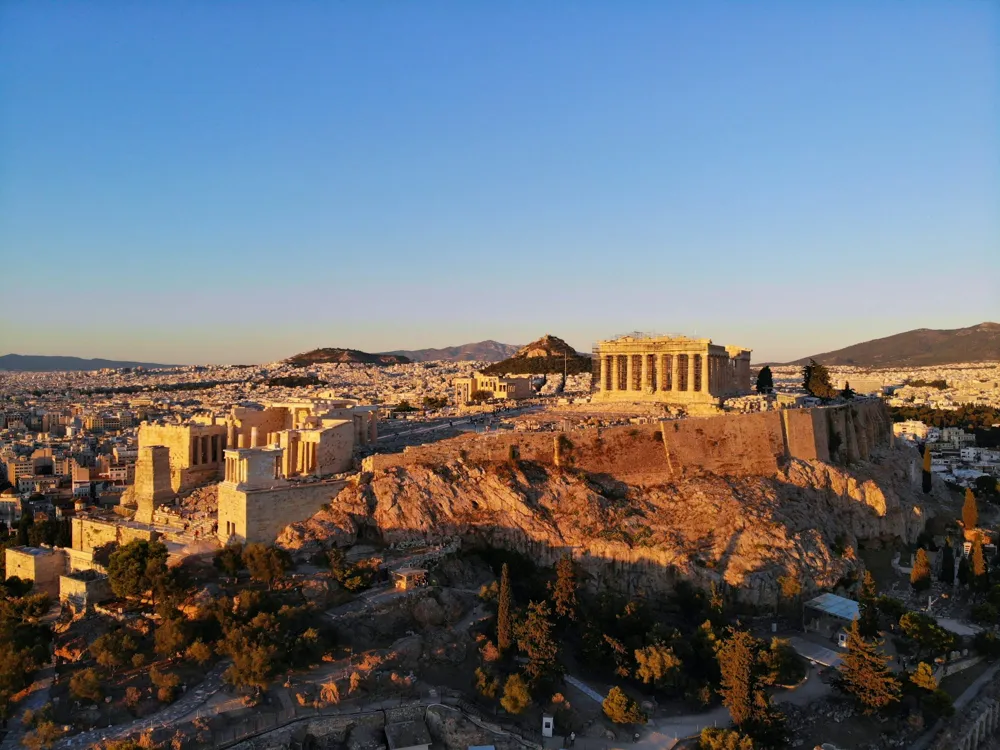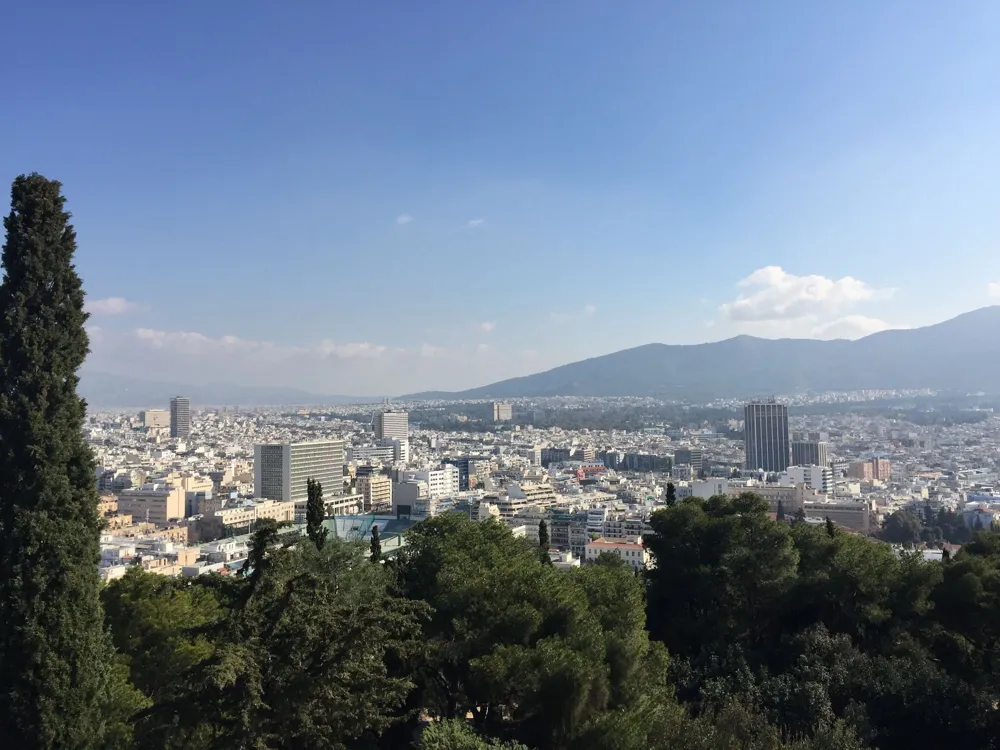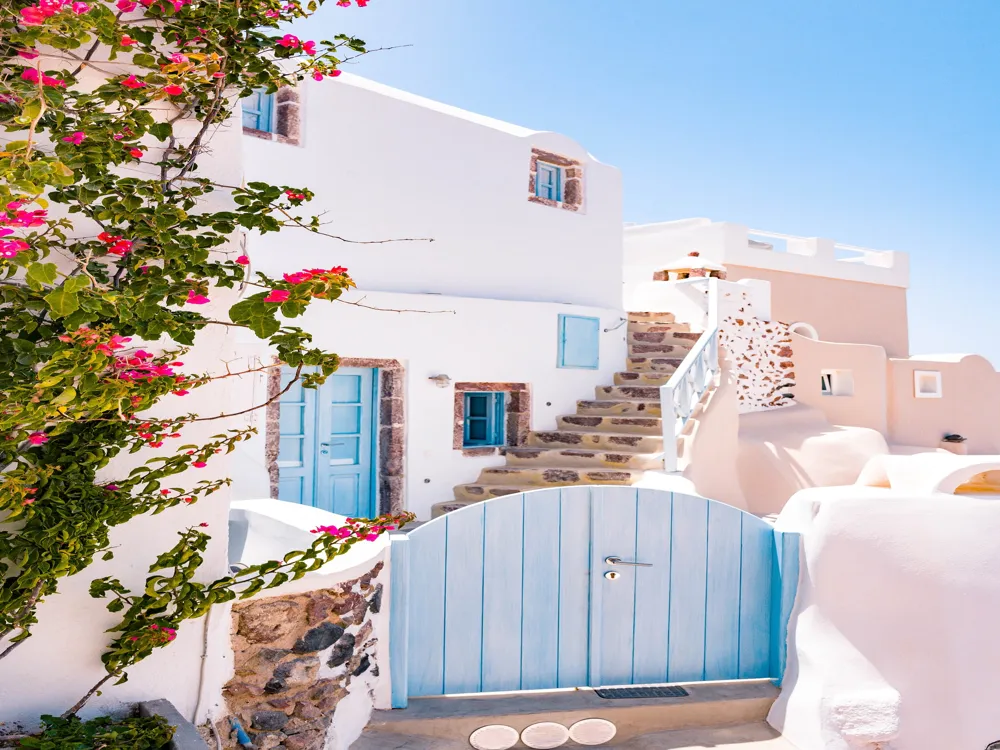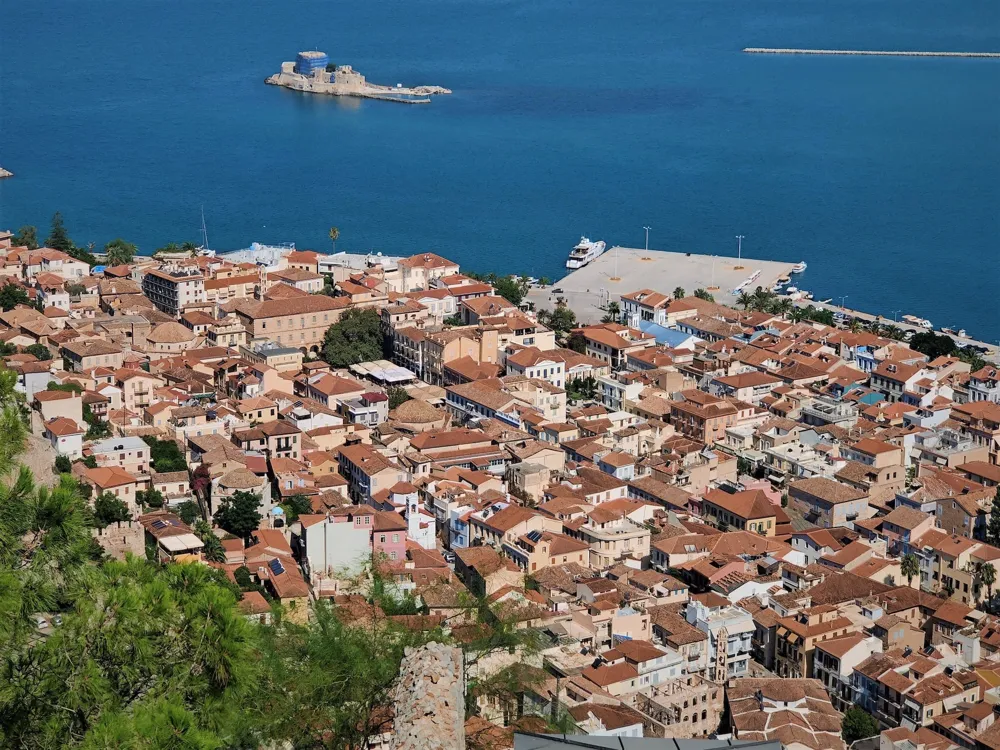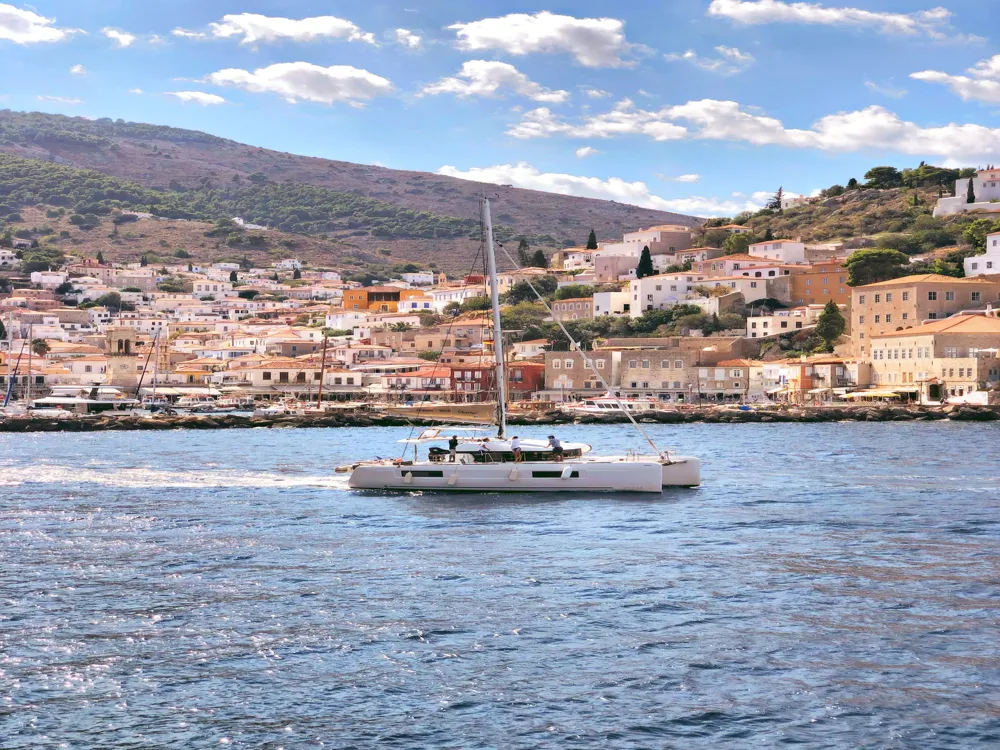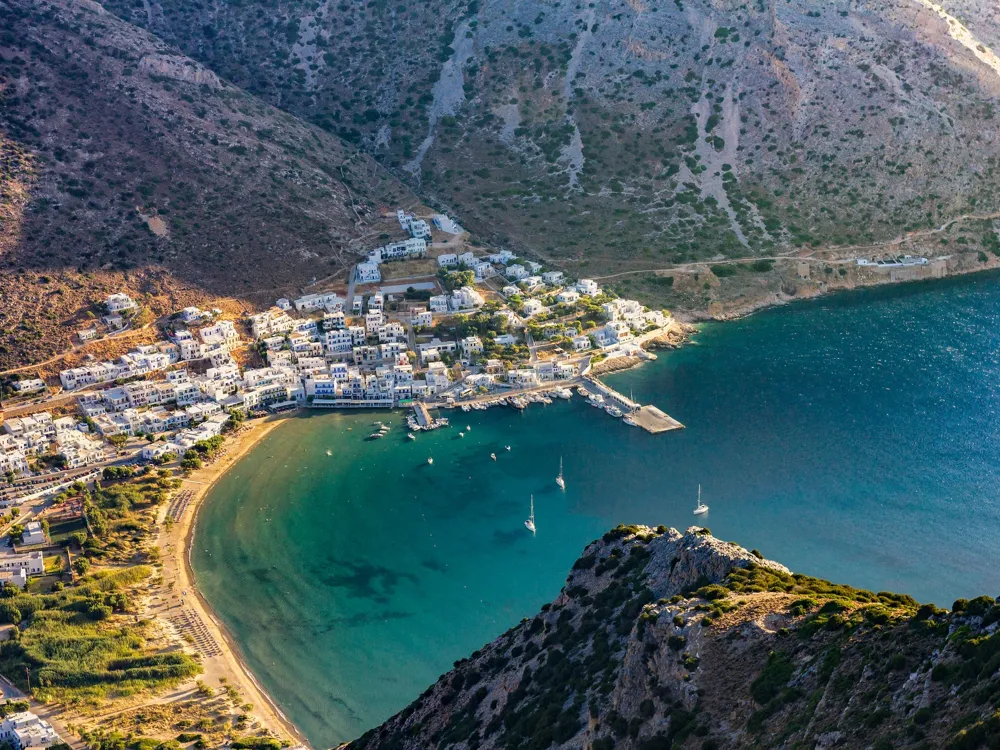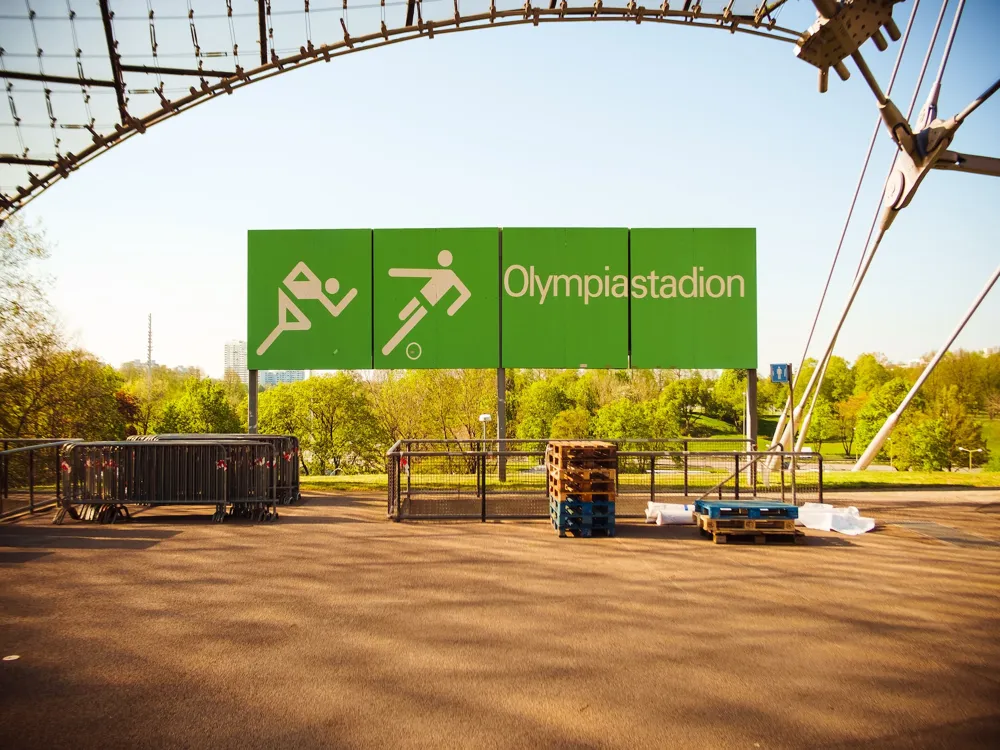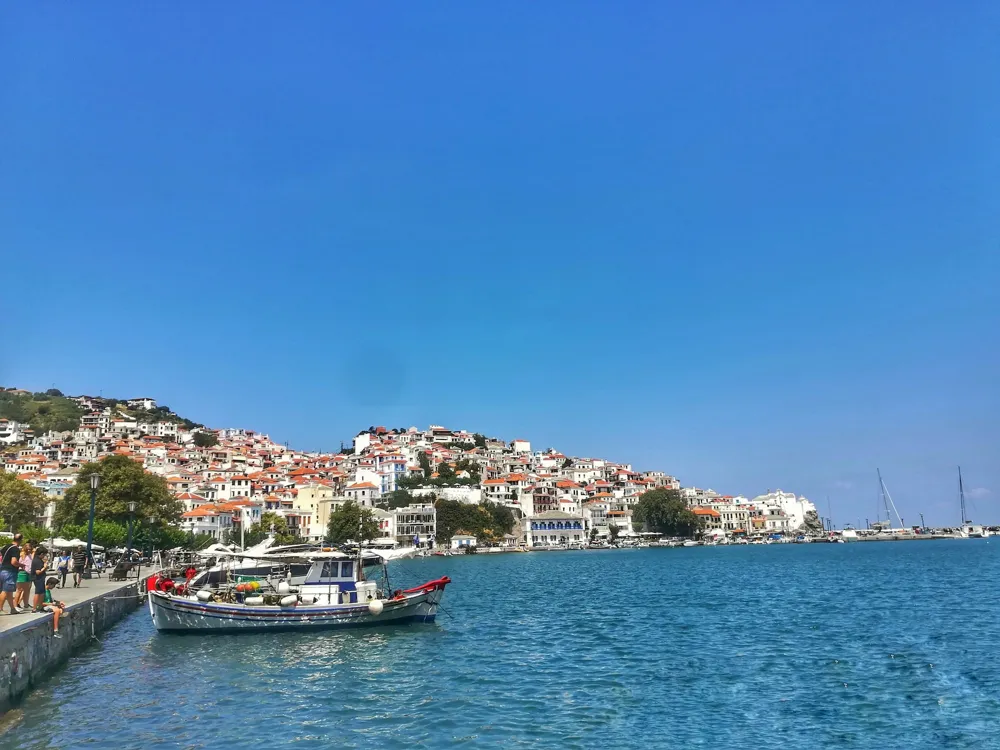The Ilias Lalaounis Jewelry Museum, located in Athens, Greece, is a unique museum dedicated to the art of jewelry and the decorative arts. Founded by the renowned Greek jeweler Ilias Lalaounis, the museum showcases a vast collection of over 4,000 pieces of jewelry and decorative objects inspired by various historical periods and civilizations. It aims to educate the public about the history of jewelry making and its cultural significance. The architecture of the Ilias Lalaounis Jewelry Museum is a blend of modern and traditional Greek styles. The building itself is a converted 1930s house, which was meticulously renovated to house the museum's collections. The design incorporates elements of classical Greek architecture, which harmonizes with the historical essence of the jewelry displayed within. Large windows provide ample natural light, enhancing the intricate details of each piece. Check the museum's opening hours and schedule your visit accordingly to avoid crowds and ensure a more intimate viewing experience. Consider joining a guided tour to gain deeper insights into the collections and the history behind them, as shared by knowledgeable guides. Photography may be restricted in certain areas. Always ask for permission or look for signs indicating photography policies. Don't forget to visit the museum shop for unique jewelry pieces inspired by the museum's collections. The cafe offers a place to relax and reflect on your visit. The museum is located at the foot of the Acropolis hill, making it easily accessible by public transportation. Visitors can take the metro to the Acropolis station and walk a short distance to the museum. For those preferring to drive, limited street parking is available in the area. Alternatively, taxis are a convenient option for direct transportation to the museum. Read More:Overview of Ilias Lalaounis Jewelry Museum of Athens
Architecture of Ilias Lalaounis Jewelry Museum
Tips When Visiting Ilias Lalaounis Jewelry Museum
Plan Your Visit
Guided Tours
Photography
Shop and Cafe
How To Reach Ilias Lalaounis Jewelry Museum
Ilias Lalaounis Jewelry Museum
Athens
₹ 25,800 onwards
View athens Packages
Weather :
Tags : Museum
Timings : Monday - Saturday: 9:00 AM - 3:00 PM
Closed on Sunday
Entry Fees : EUR 5 per person
Planning a Trip? Ask Your Question
Athens Travel Packages
View All Packages For Athens
Top Hotel Collections for Athens

Private Pool

Luxury Hotels

5-Star Hotels

Pet Friendly
Top Hotels Near Athens
Other Top Ranking Places In Athens
View All Places To Visit In athens
View athens Packages
Weather :
Tags : Museum
Timings : Monday - Saturday: 9:00 AM - 3:00 PM
Closed on Sunday
Entry Fees : EUR 5 per person
Planning a Trip? Ask Your Question
Athens Travel Packages
View All Packages For Athens
Top Hotel Collections for Athens

Private Pool

Luxury Hotels

5-Star Hotels

Pet Friendly







